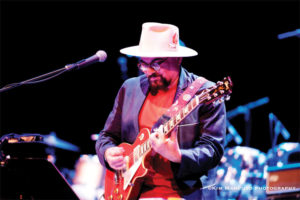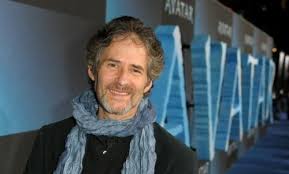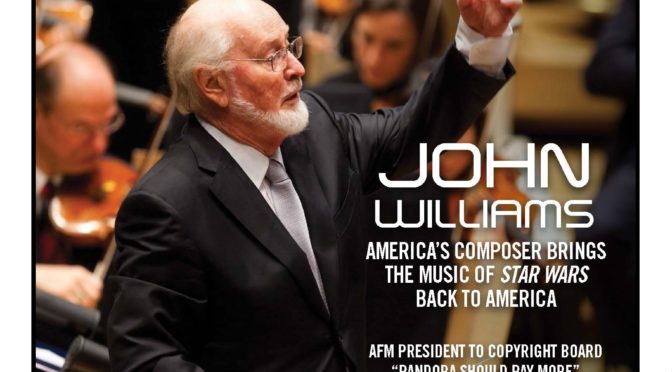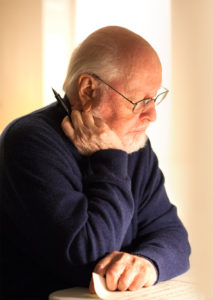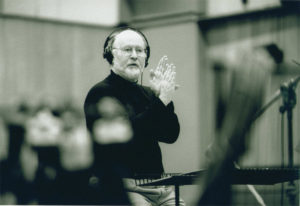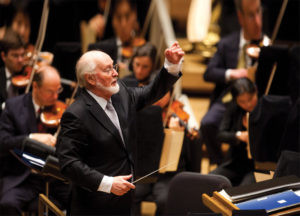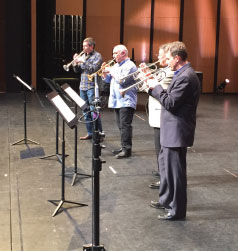 In a Rolling Stone article Tom Petty of Local 47 (Los Angeles, CA) applauded South Carolina for removing the Confederate flag. “Lowering the flag from the statehouse grounds was the right decision. That flag shouldn’t have any part in our government,” he said. The rocker also expressed remorse for his use of the Confederate flag during his 1985 Southern Accents tour. “I just honestly didn’t give it much thought, though I should have,” he confesses. A couple years afterward, he stopped in the middle of a performance after someone threw a Confederate flag onstage and said: “I would prefer if no one would ever bring a Confederate flag to our shows again because this isn’t who we are.”
In a Rolling Stone article Tom Petty of Local 47 (Los Angeles, CA) applauded South Carolina for removing the Confederate flag. “Lowering the flag from the statehouse grounds was the right decision. That flag shouldn’t have any part in our government,” he said. The rocker also expressed remorse for his use of the Confederate flag during his 1985 Southern Accents tour. “I just honestly didn’t give it much thought, though I should have,” he confesses. A couple years afterward, he stopped in the middle of a performance after someone threw a Confederate flag onstage and said: “I would prefer if no one would ever bring a Confederate flag to our shows again because this isn’t who we are.”
His views are in direct opposition to a few others. Michigan-born Kid Rock defiantly told Confederate flag protestors that they could kiss his ass.


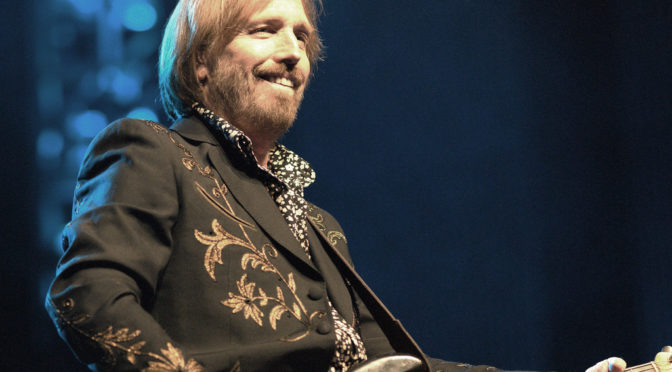
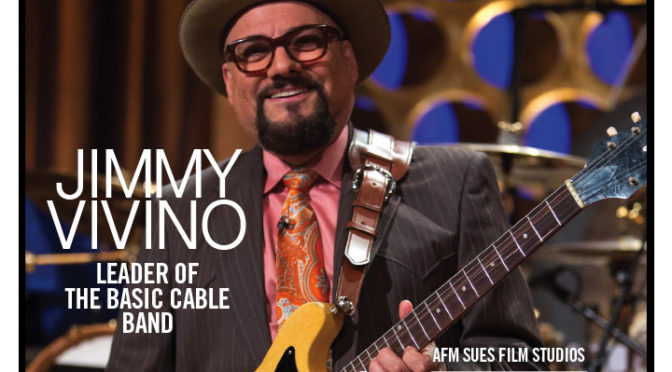
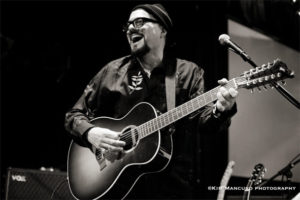
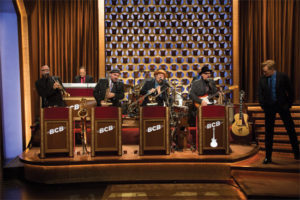 “Trusting the people you hire and hiring the right people are two very important things,” Vivino says. “As a leader, the best thing to do is nothing really, and let it happen around you.”
“Trusting the people you hire and hiring the right people are two very important things,” Vivino says. “As a leader, the best thing to do is nothing really, and let it happen around you.”